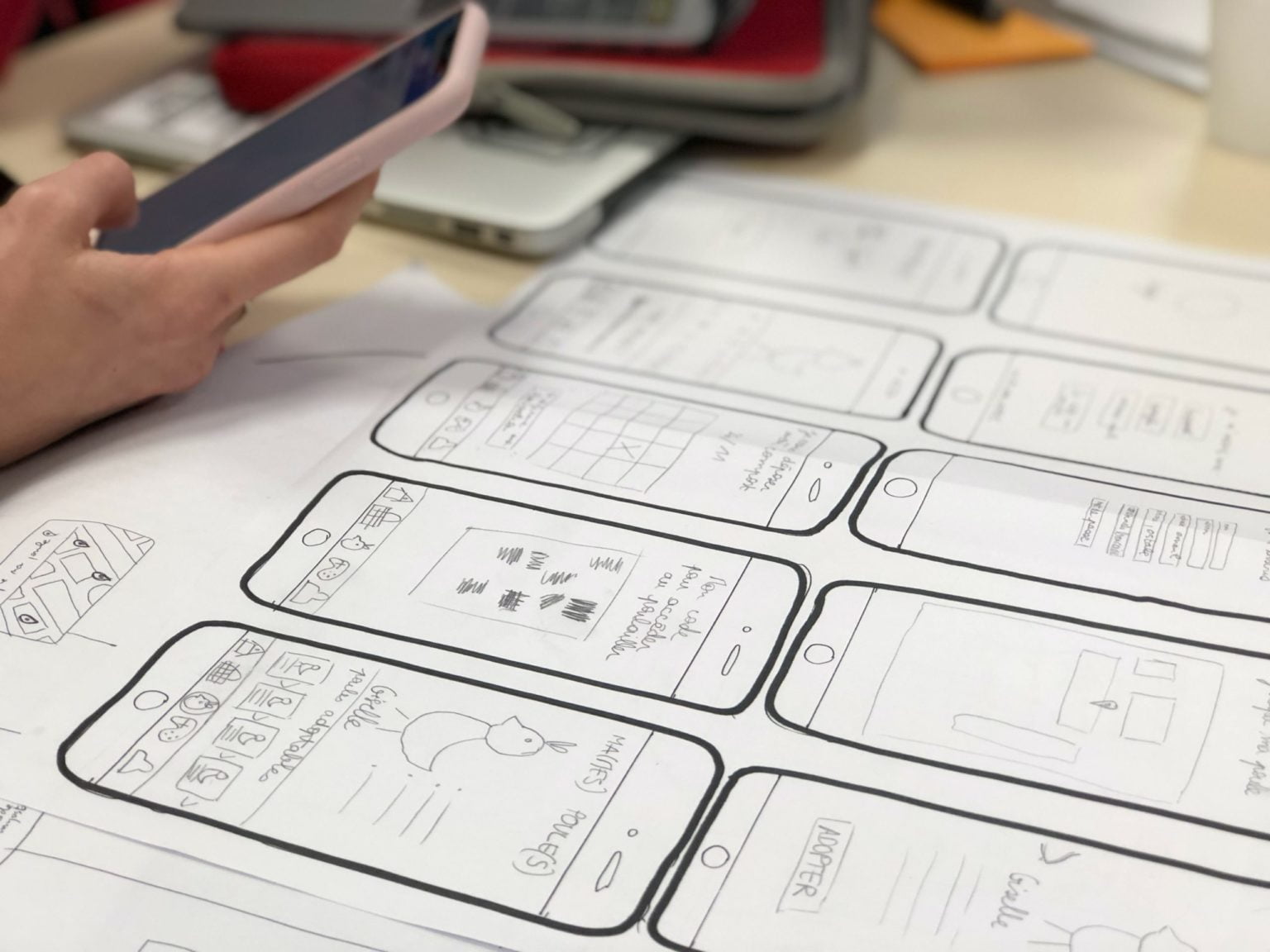For any agency or organization, your client-facing suite needs to be able to deliver in key areas. Without a robust combination of client-facing tools and software, it’s much more difficult to garner customer feedback, improve your bottom line, and help promote your products to the right people.
Since customer loyalty is significant, you should consider a few things when trying to improve the customer feedback and amp up your client-facing tools. Here’s what you need to know.
Start with custom software platforms.

Brands like Devsu focus on custom solutions for enterprises and organizations. Between software, web, and mobile development, the customization options are seemingly endless. Using a tailor-made software application like the ones Devsu offers goes a long way toward improving customer satisfaction. If your client-facing tools incorporate customer feedback visibly, it leaves a solid mark on your customer experience metrics and boosts retention. It also shows that your business takes a customer-centric approach with your decision-making behavior. Custom platforms from companies like Devsu can also improve employee engagement in ways you might not have previously anticipated. Make sure to use a focus group to tweak any custom software so you can maximize customer satisfaction.
Leverage marketing data more effectively.
Whether you’re looking at metrics from your social media dashboard, you’re browsing LinkedIn for data collection best practices, or you’re using an SEO campaign to improve customer retention, your marketing efforts impact your client-facing tools in significant ways. When a client uses your dashboard, you can leverage marketing best practices to include at-a-glance statistics and analytics that showcase positive feedback and areas of improvement. These all translate into a smoother customer journey. Plus, with the right operational data, you yield a greater ROI and can enhance product development for better products. While you need a solid understanding of which actionable insights marketing provides, it’s a great first step towards a custom client-facing experience.
Incorporate surveys to assess customer needs.

If you don’t use survey results to your advantage, you may miss out on the best way to directly request customer feedback. Even if it isn’t positive feedback, you need to know about your customers’ experiences and what you can do to improve customer success stories. Your customer service department needs to strive to provide better service, match preferences, and meet customers’ expectations. Asking the right questions can help you do so. Survey questions such as the voice of the customer program offer a unique type of feedback. This direct feedback is a touchpoint for securing referrals, improving retention rates, and taking the next step toward becoming a market leader.
Focus on your strengths.
If your marketing team or project managers were asked to handle tasks far removed from their roles, how do you think the end product would turn out? The same goes for any client-facing customization. If you play to your strength, your customers’ perceptions will be that you excel at leveraging customer data at the right time. It also prevents churn. However, if you try to overextend your capabilities or have a low customer effort score, it can negatively impact your reputation. Whether your strengths lie in customer service, customer programs, or the ability of your social media promoters, capitalize on them when you’re customizing your client-facing tools. It helps you specialize more effectively and improve efficiency across the board.
Whether you strive for a better customer experience through an effective VOC program or you’re looking to customize your CRM toolkit, there are ways to develop well-tailored client-facing programs. You need to incorporate focus group data, key feedback, and customer experience responses for the greatest impact. When you do that, you’re ready to develop a robust platform.




